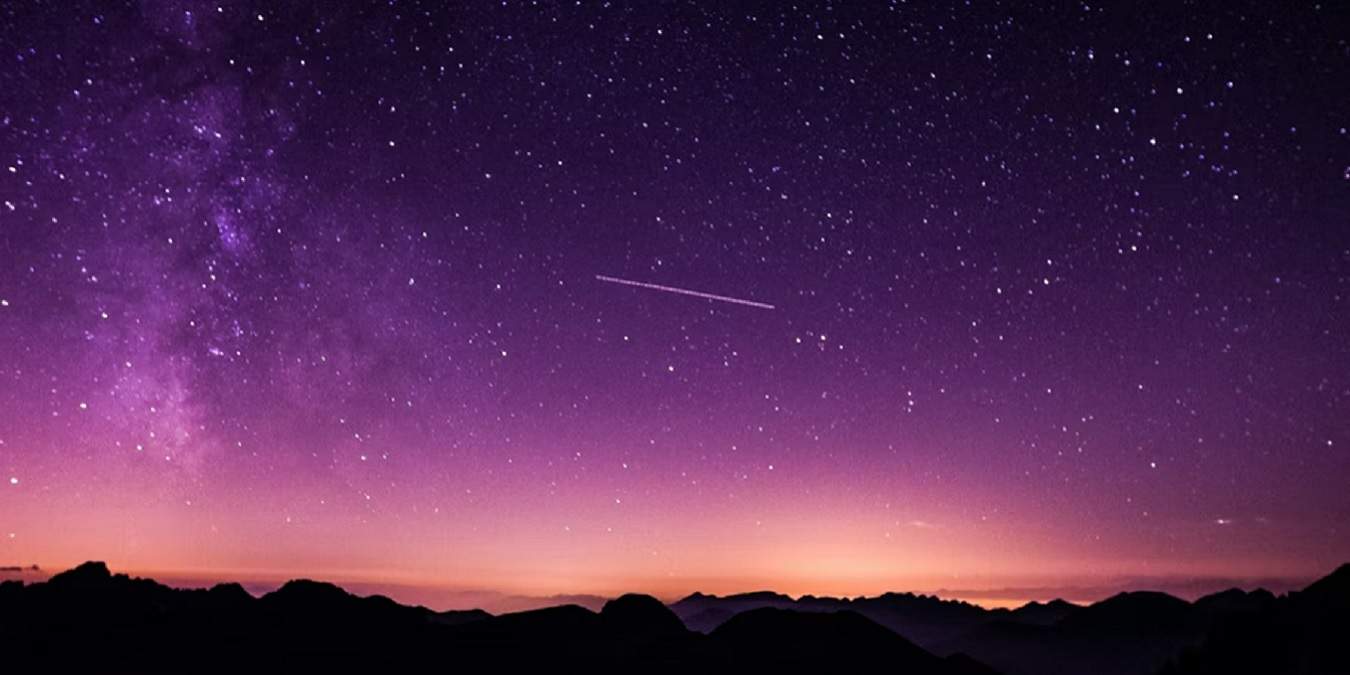
Space, the final frontier – but how much do you really know about this vast area beyond Earth? If you want to learn more or just impress your friends with some space trivia, start with these cool facts about space. While everyone might already know space is completely silent or that Saturn has rings, you’ll really need to follow NASA and astronomers closely to know the facts in this list.
Space still has a lot of unknowns and things we just don’t understand yet. As these weird Google Earth images show, Earth itself is often a strange place to explore too.
1. Water Cloud in Space
In the last year NASA’s Perseverance Rover finally discovered signs of water on Mars.
However, in 2011, astronomers found something even more mind blowing – a massive water cloud floating in space. It’s considered the oldest water mass in the universe and is around 12 billion light years away. The cloud is estimated to contain approximately 140 trillion times more water than the combined water of Earth’s oceans. What astronomers are able to see is water that existed 1.6 billion years after the universe itself was created.
The vapor cloud surrounds quasar APM 08279+5255, a black hole that is shockingly 20 billion times larger than the sun. To give even more perspective, this quasar has 4,000 times the water vapor than the entire Milky Way galaxy.
2. Speedy Neutron Stars
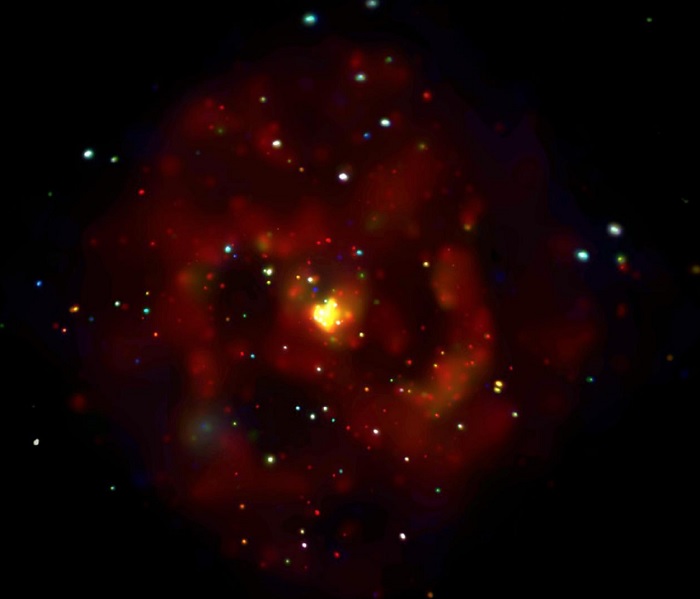
Neutron stars are pieces that survive from much larger stars after a supernova event. Despite being smaller pieces, they still have a mass of 1.4 times that of the sun and are around 12.4 miles in diameter. Just a single teaspoon of one of these stars weighs around a billion tons. This is thanks to gravity that’s two billions times stronger than Earth’s pressing in on the star. While that’s plenty of cool facts about space already, these stars are known to spin upwards of 43,000 times per minute, though that does slow over time. Depending on the circumstances, a neutron star could eventually become a planet.
3. Neil Armstrong’s Footprint Will Outlast Generations of Humans
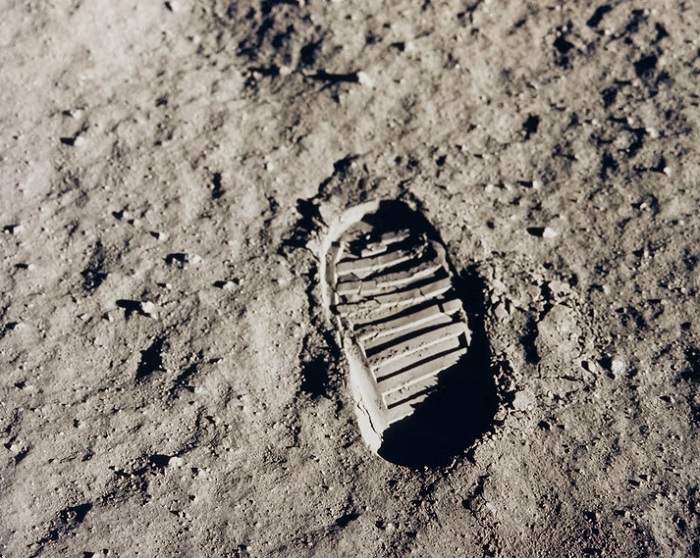
Neil Armstrong, the first man to walk on the moon, can rest easy knowing his footprints aren’t going anywhere any time soon. In fact, it’s estimated the footprints could last as much as 100 million years since the moon doesn’t have the same dynamic atmosphere as Earth. Without water and wind, erosion isn’t common. However, micrometeorites still hit the moon, so this will eventually cause the footprints to disappear, but that’s still lifetimes away.
4. Extreme Mercury
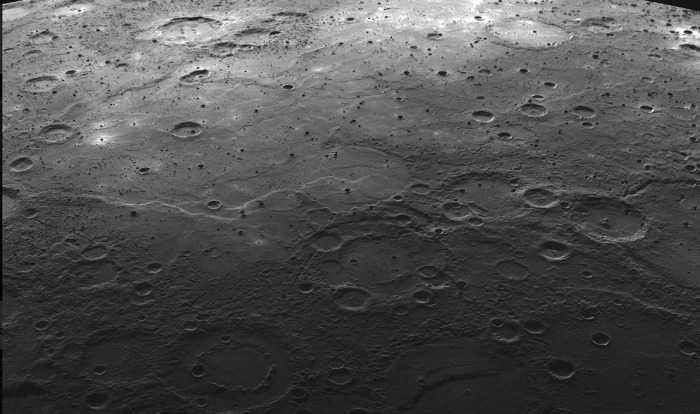
On Earth, extreme temperature fluctuations happen more often than people might like. For instance, in Spearfish, South Dakota in the US, temperatures jumped 49 degrees in just two minutes, then later in the day dropped 58 degrees in less than 30 minutes. While that might sound incredible, Mercury has Earth’s temperature mood swings beaten. On Mercury, it’s not uncommon for temperatures to fluctuate as much as 1,000 degrees in a day. Imagine going from 800°F to -280°F in one day. Now, that’s a jump.
5. Diamonds in Space
One of the cool facts about space Marilyn Monroe would’ve loved is there are diamonds in space. In 2012, astronomers discovered 55 Cancri e, which has been dubbed a Super Earth. It’s around twice the size of Earth and made mostly of carbon. Thanks to the carbon and extreme temperatures, it’s the perfect conditions for creating diamonds. It’s believed the surface is mainly graphite with a core of diamonds.
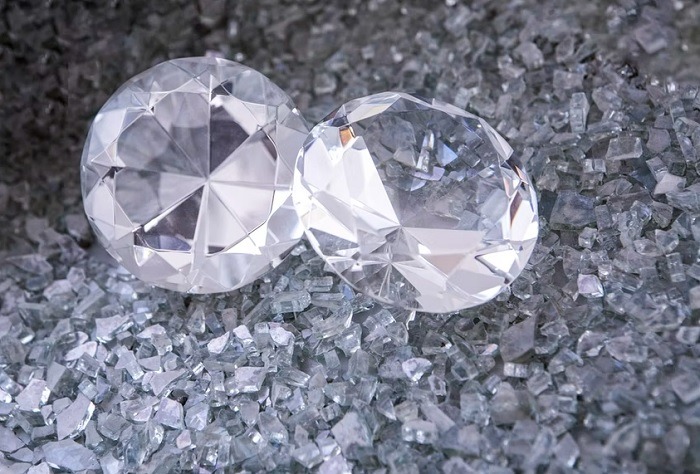
And this is just the start. Scientists discovered what was once thought to be ice rain on Neptune and Uranus is actually diamond rain. This occurs thanks to the heat within the core of the planets mixed with the cold temperatures on the surface.
6. Mars Has Blue Sunsets
If you were ever to pull up a rock and watch the sunset on Mars, it’d look a little different than the reds, yellows, oranges, and pinks you’re used to seeing here. Instead, you’d see a blue hued sky. This is thanks to fine dust in the sky. As the sun sets, the blue light scatters more and tends to stay in the path of the sun more than other colors do. So, while you’d usually see more reddish hues during the day, sunsets change things up.
7. Saturn’s Lapetus Moon is Two-Toned
Saturn’s already well-known for having an over abundance of moons – 82 in fact as of 2022 (53 confirmed and 29 awaiting confirmation). But, one stands out among the rest. Lapetus features a two-tone coloring, making it vastly different than Saturn’s other moons. The Cassini Mission captured images of the unique moon. As Saturn’s third largest moon, the 914 mile wide moon has both a light and dark side.
Thanks to the lighter side being more reflective, the moon maintains a distinct two-tone look. The light and dark come from the light side being made of ice, while the dark side is still being studied. It’s thought this side might be made up of particles from another moon or that that side is being heated more.
These cool facts about space blowing your mind and making you want to know more? Check out the best places to learn about space. Or, dig into more science with these science podcasts.
Image credit: Vincentiu Solomon via Unsplash















